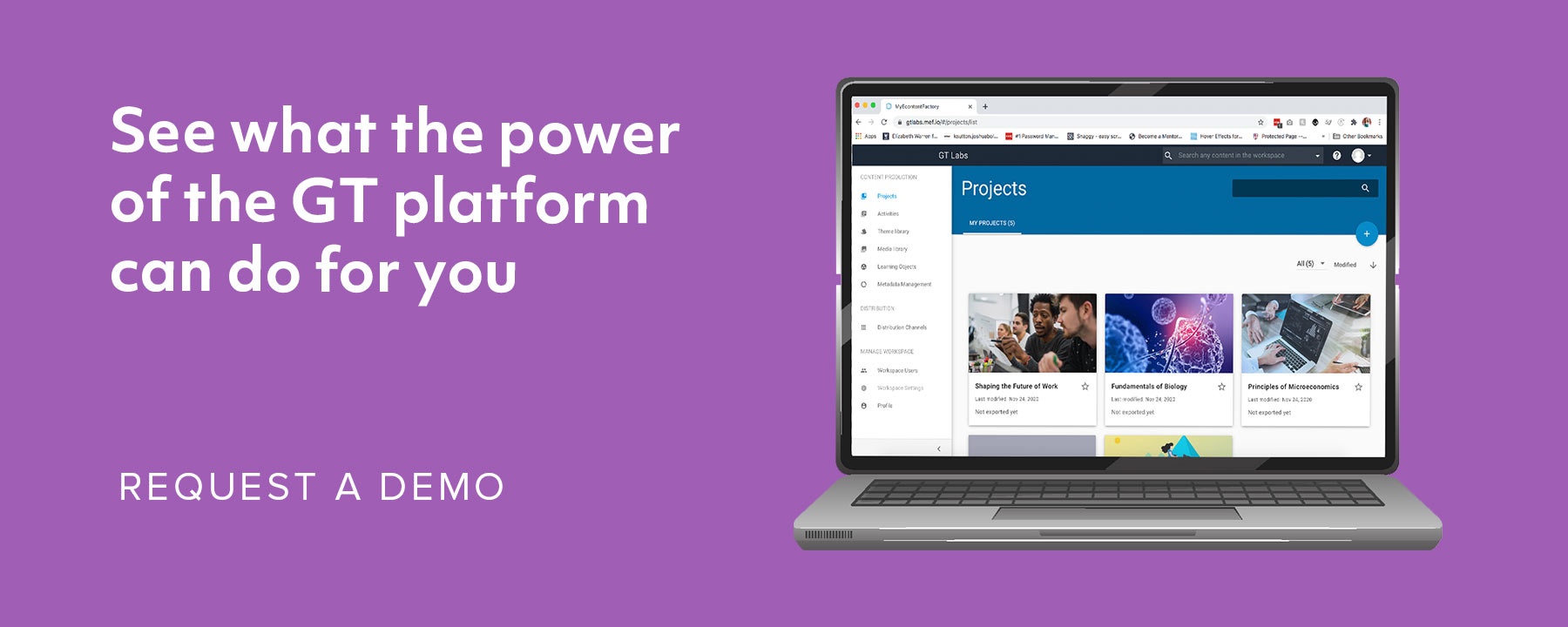Publishers have successfully moved their portfolios from print to digital. But, ten years in, they’ve not managed to re-engineer their processes and organizations to get digital products to market significantly faster and cheaper. This represents a time bomb as markets change (e.g., HED enrollments and prices decline) and a tsunami of lean, agile, and innovative new digital edtechs enter the market.
A decade of digital innovation
Over the last decade, educational publishers have successfully moved to digital. They’ve helped shift their customers to digital, innovated with a range of increasingly impactful digital products, and changed the education market irreversibly. Covid helped them in this process by forcing many customers to finally embrace digital - and now that the digital genie is out of the bottle, it’s hard to see how it’ll be put back. Underlying this, publishers have also moved many of their customers to one-learner-one-purchase digital products, significantly decreasing reliance on the used book and rental markets. And, the flow of data created has helped elevate customers’ awareness of the efficacy of and demand for digital solutions that improve outcomes.
The reality education publishers don’t want to talk about
The impressive scale of this transformation is underestimated by critics of educational publishers, who misunderstand just how slow and challenging it is to move teachers, instructors, and educational institutions. And, despite these successes, behind the scenes, educational publishers have not managed to innovate their operations and organizations with the same speed. If you ask most educational publishers how much faster and cheaper they are able to develop and launch digital products today versus five years ago, you often get an uncomfortable silence.
“Operational inertia” is a common problem for many big businesses. It’s easy to get internal funding and rally an organization to deliver a shiny new product or service. But, it’s much harder to take a cold hard look at how you deliver a product or service more efficiently, and even harder to re-invent workflows and organizations so they’re agile to changing market, product, and business models. Most publishers have developed their own content tools and workflows for books (print or digital) over many years - and they have separate ones for specific courseware. This creates dual costs (tools, staffing, and Q&A), inefficiencies (stacked up schedules, complex content conversions, and no single point of truth), and prevents agility (reimagining the same content efficiently for a new product or business opportunity).
The digital market is accelerating and the cracks are appearing
Taking US higher education as an example, educational publishers are facing big challenges and new opportunities. Enrollment, pricing, and use of print continue to decline. All of those stack up to a smaller and less valuable market, requiring publishers to cut costs to stay profitable. At the same time, the market for digital is growing, the diversity of product types and models is expanding by leaps and bounds, and there’s a glut of lean, agile, and innovative new digital edtechs entering the market (and the pipeline of investment in early-stage edtechs in the past two years heralds a dramatically more competitive marketplace ahead). Educational publishers need to invest more in both their digital portfolios and their talent in order to stay ahead. Instead, many find themselves starving one pipeline in order to invest in the other, and these incremental changes won’t give them the breakthrough efficiencies they need to survive and thrive.
A solution that’s overlooked
A key solution lies in rethinking how educational publishers develop products and the content that powers them. An innovative big educational publisher (who we won’t name) recognized three years ago that to be able to deliver dramatically new digital services to a fast-changing market, they needed to re-engineer their content, workflows, and organization. They recognized they needed to think “digital first” and create a single, unified content workflow that was independent of the end product. They are now reaping the rewards by being able to output (from a single workflow and set of print assets) a variety of digital products as the market evolves, and at significantly lower cost and time to market. And in the process, they rationalized their staffing to a smaller, leaner, and more agile organization.
It may not be glamorous to talk about “content engineering” but it’s at the heart of the future rebirth (or demise) of educational publishers. Today is the time to ready your business for tomorrow.
Learn how to re-engineer your content workflows for immediate time and cost savings, please contact us for a free consultation.







Leave a comment